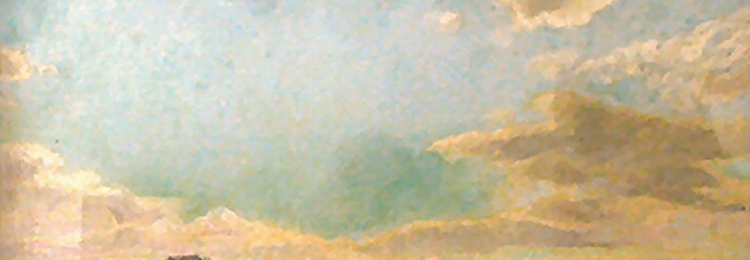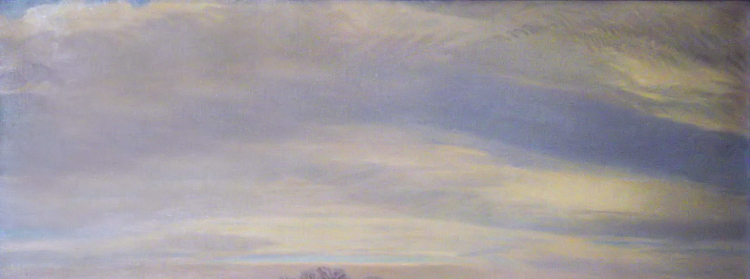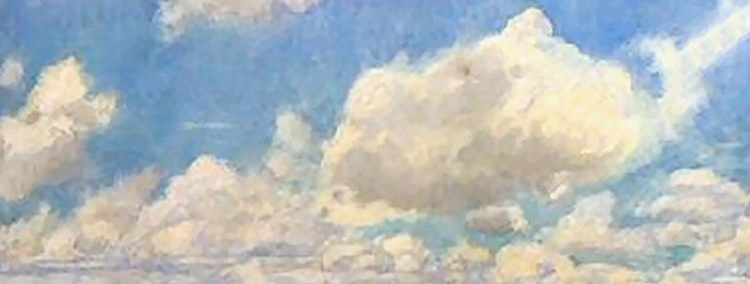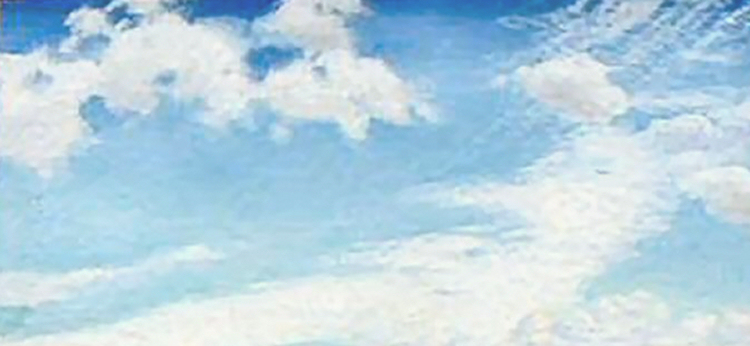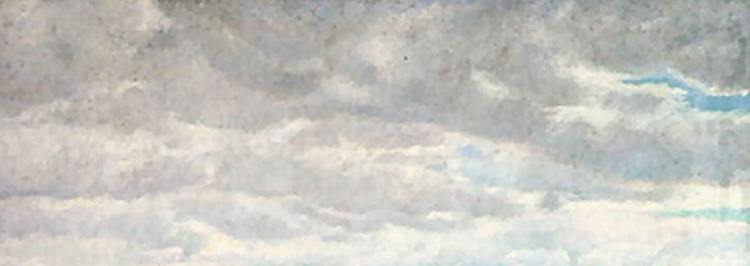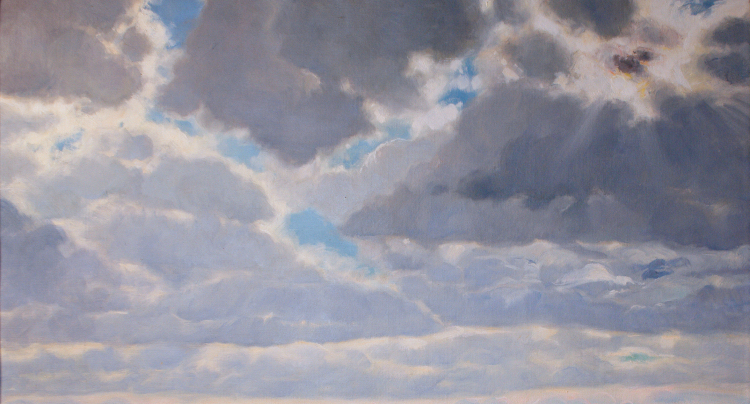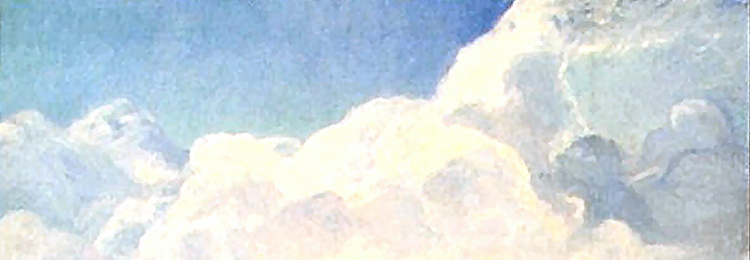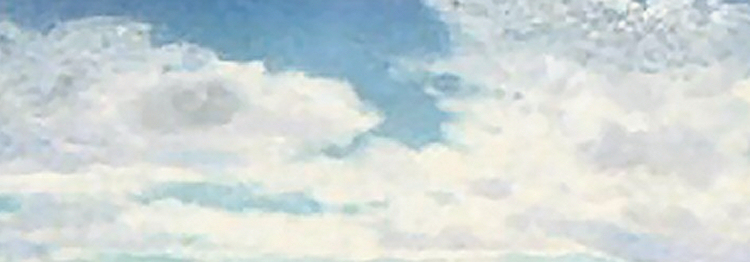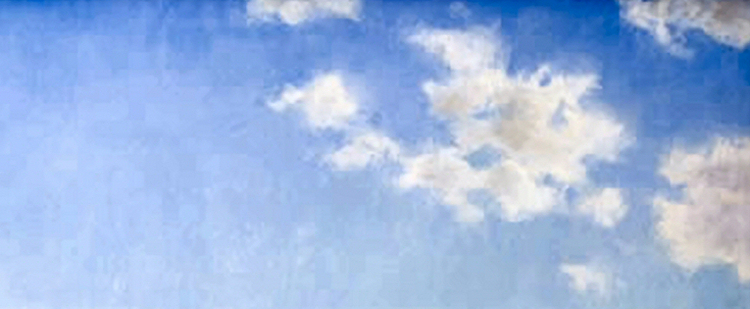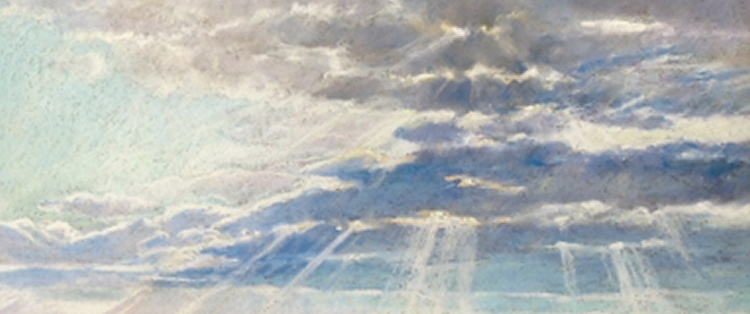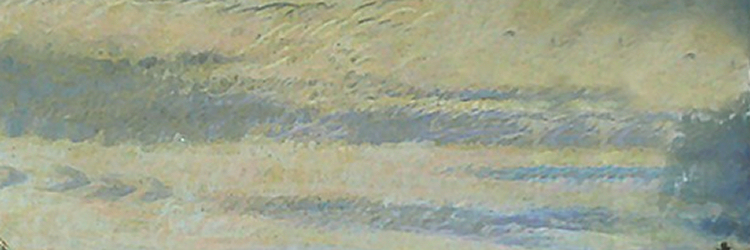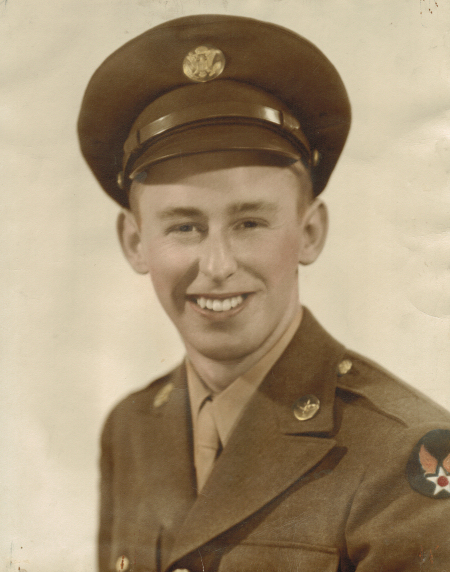Robert Strong Woodward's Clouds
Robert Strong Woodward was especially proficient in the painting of clouds. And he knew it!
Despite his profound physical disability, he was a classic en plain air painter.
To prepare for the making of an outdoor painting it was his usual custom to ride slowly around the country roads on Sunday afternoons in his open Packard Phaeton car, searching for trees, country landscapes, mountains, buildings, rivers etc. which could be selected for one of his classic oil paintings. Occasionally, he would have us stop the car and he would sketch in charcoal a brief drawing of the scene in a sketchbook. These he would study at his desk back in the studio. On a subsequent day, he would be driven back to a selected spot and set up for a full day of painting. Interestingly, he would work on the main subject of the painting that day and usually on several subsequent days, but he would leave out any painting of the sky - almost always. While he was painting he was constantly observing the sky and the cloud formations. He often made comments on this. Occasionally, if a particular cloud formation appeared in the sky, he would hastily sketch in some lines in the sky of the painting with charcoal for future reference. Especially he would do this if the cloud formation in the sky seemed to fit into the total theme of the painting. He once commented that all good paintings have a main focal point, but it should not be the sky. He said that when one observes a painting for the first time that person would almost never see the sky first. He would study the main focal point and only lastly would his eyes drift to the sky. Likewise, in the making of the painting, he felt he also should similarly paint the sky last. This was his custom---almost always. So, frequently when bringing him back to the studio after a day painting in the rear of the Packard, the painting he had been working on all day would have a completely blank sky. This was usually painted in on the final day of painting. Sometimes it would even be done back in the studio, relying on his sketches made en plain air.
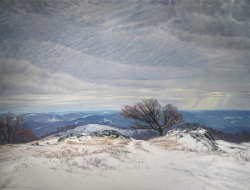
Winter Horizon
Before proceeding to the examination of many of the cloud formations which appear in the paintings of Robert Strong Woodward it would seem worthwhile to review photographs of several of the more common cloud formations.
stratus means "layer"
alto means "medium high"
cirrus means "curl of hair"
nimbus means "rain"
cirrus clouds
altocumulus
stratocumulus
cumulus
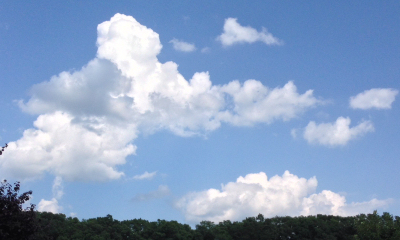
Cumulus Clouds.
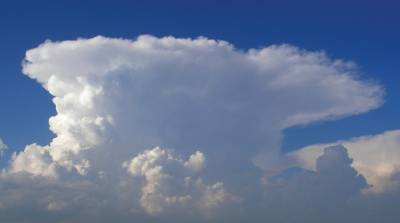
CumuloNimbus Clouds.
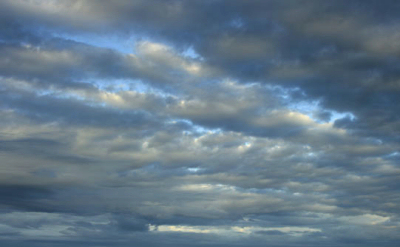
Stratocumulus Clouds.
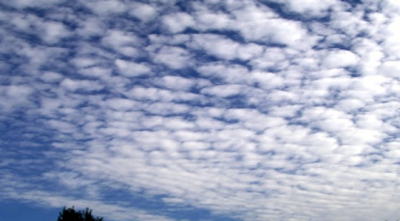
Altocumulus Clouds.
At the very highest level of clouds in the sky are the Cirrus Clouds:
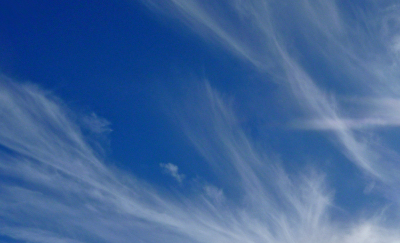
Cirrus Clouds.
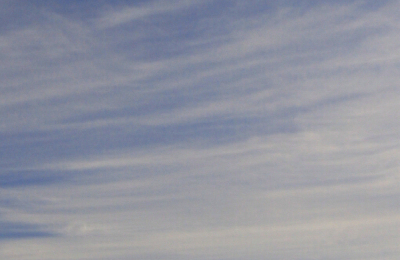
Cirrostratus Clouds.
The Clouds of Robert Strong Woodward
Below I have assembled a number of skies from RSW's paintings to demonstrate the great variety of them. There are no two skies alike among his many paintings. All seem to have the correct feeling for the individual focal points and for the "atmospheric sense" of the painting. Despite all the attention which he gave to painting the clouds, it was his plan to always paint them last, and they were intended to be viewed last by the patrons of his art.
Please peruse through the many skies below and occasionally CLICK on an image title to bring up the paintings from which they were selected.
I am sure you will reach the bottom of this web page with a great appreciation for this master of the painting of the skies.
Indeed, is not Robert Strong Woodward the master of all sky painters?
ADDENDUM: A personal aside:
The writer of the above essay on clouds had an early interest in cloud formations. In 1944 he was about to be drafted into service for WW II. In order to prevent being drafted he volunteered to join the Army Air Corp. By volunteering he was both allowed to finish high school before going off to war and was allowed to select the branch of service he wished to enter. It was his fervent wish to become an airplane pilot. During the weeks prior to entering the service he developed a keen interest in cloud formations, learning the names of the different ones and especially observing and studying the clouds in the Robert Strong Woodward paintings where he was employed as a yard boy and later as chauffeur.
But all this was not to be!
It was the ending of the war and by the time he entered the service there was no longer a need for additional pilots. He served for two years in the Army Air Force but never got to be a pilot. Often, though, as he dreamed of this opportunity, he quoted from memory to himself the following poem:
High Flight
Oh! I have slipped the surly bonds of EarthAnd danced the skies on laughter-silvered wings;
Sunward I've climbed, and joined the tumbling mirth
Of sun-split clouds, - and done a hundred things
You have not dreamed of - wheeled and soared and swung
High in the sunlit silence. Hov'ring there,
I've chased the shouting wind along, and flung
My eager craft through footless halls of air ...
Up, up the long, delirious burning blue
I've topped the wind-swept heights with easy grace
Where never lark, or ever eagle flew -
And, while with silent, lifting mind I've trod
The high untrespassed sanctity of space,
Put out my hand, and touched the face of God.
John Gillespie Magee, Jr.
Click here for more information about this poem and the author
Click here for more information about this pilot and poet
MLP
May 2015





